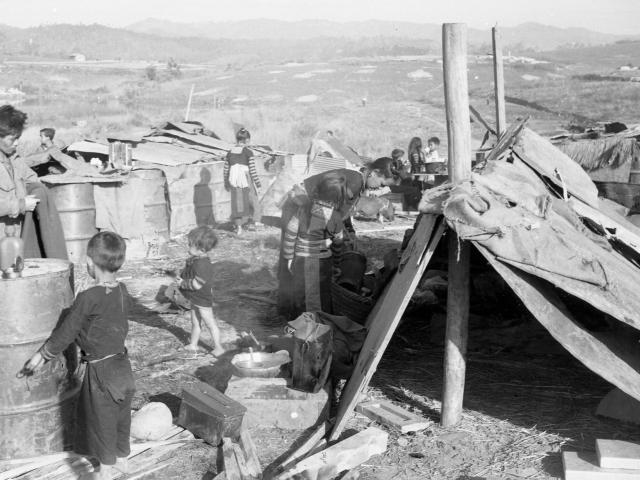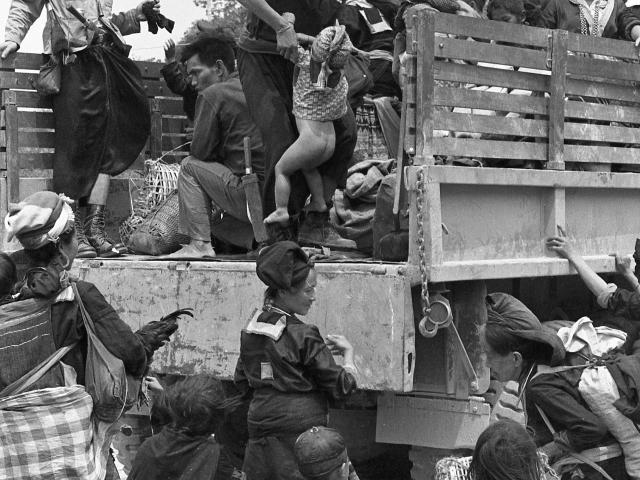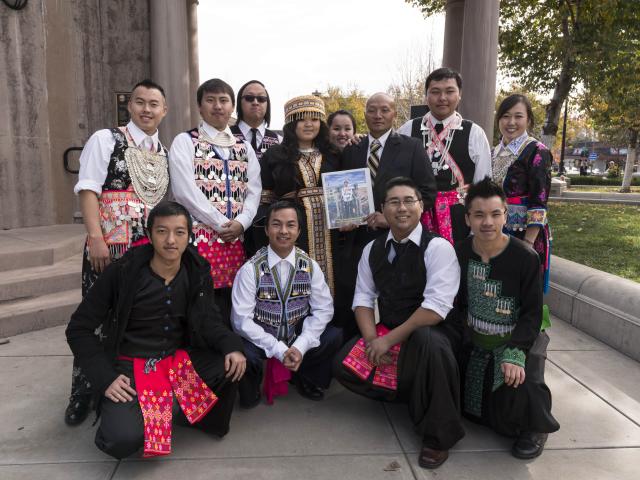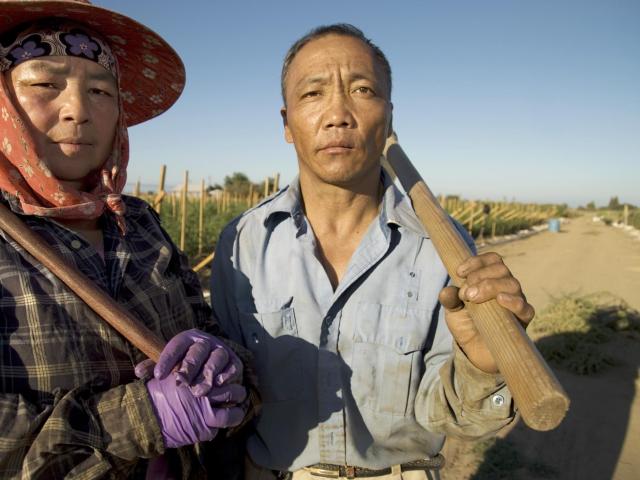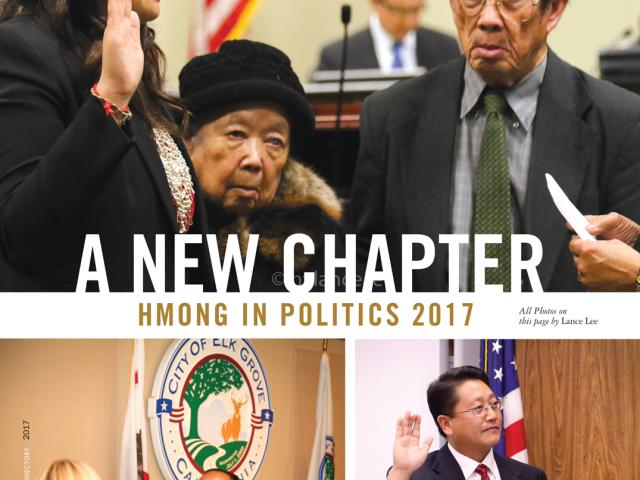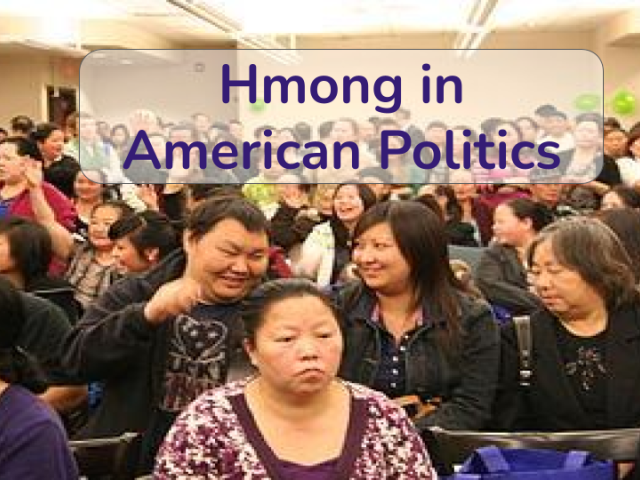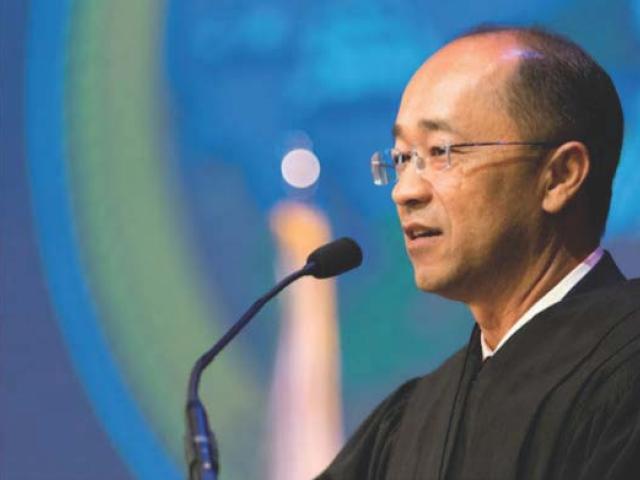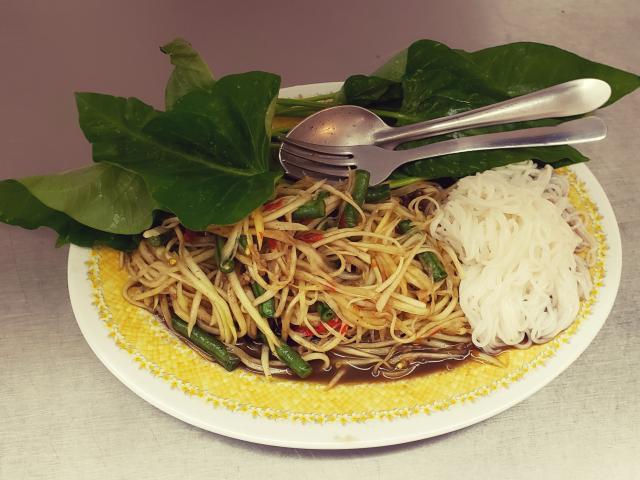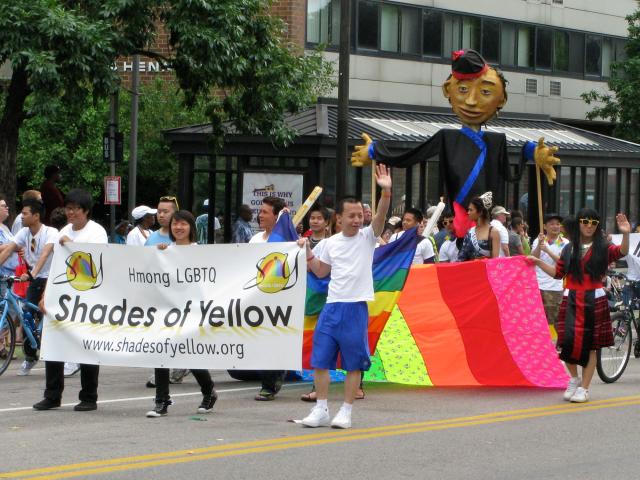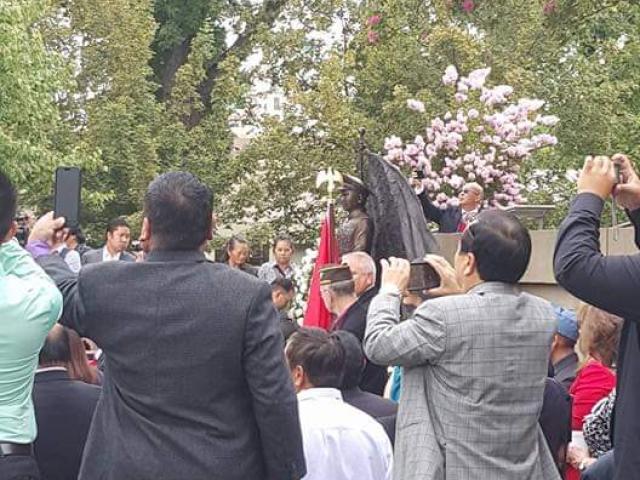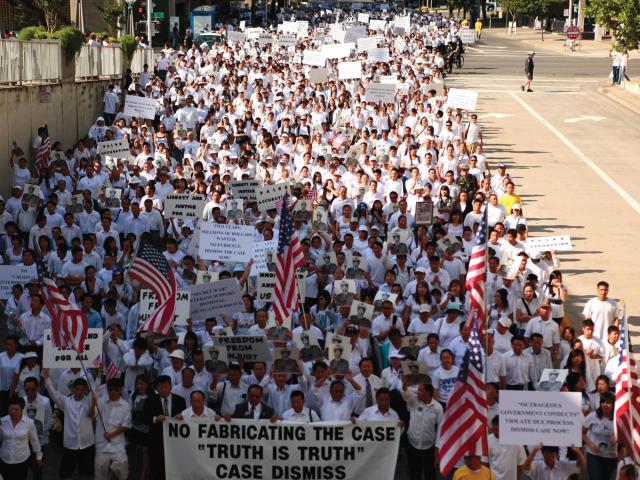Area of Study 4: Community Building, Home-Making & Empowerment
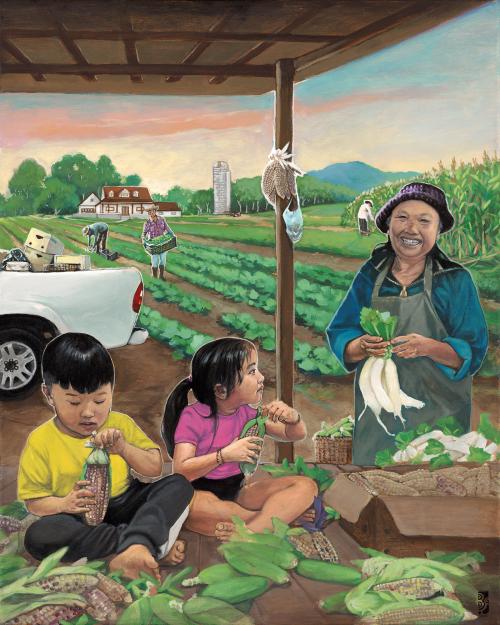
Description of Artwork: For Hmong people, farming is central to living. It was the skill for survival they brought to the United States. Since Hmong refugees began resettling from Laos and Thailand to the United States in the 1970s as political refugees after the Vietnam War, many families have relied on their agricultural heritage to make a living/support their families growing produce and flowers for local farmers markets. This image captures farming as a foundation of community building/home-making and the intergenerational wealth/resiliency that parents and grandparents pass on to their children and grandkids. Image credit goes to Boon Ma Yang created specifically for the Hmong History and Cultural Studies Model Curriculum.
Community Building, Home-Making & Empowerment
“Av luaj tawg plo, sawv hlo, Av luaj tawg nrees, sawv tsees. Nyob muaj niam muaj txiv, Muaj kwv muaj tig, Muaj neej muaj tsa, Tsis yog tawm hauv qhov av los.”
– HMoob proverb
Translation: When the land broke, the fractured dirt formed up. When the land cracked, the fractured dirt stood still. One has a mother and father, paternal relatives and maternal relatives. One did not rise from the broken ground.
This HMoob proverb begins by comparing the ruptured earth and HMoob people, demonstrating that like the ruptured earth, HMoob people have an origin. This proverb also imparts on the listener a moral that HMoob people’s origins have always been traced through their community: mothers, fathers, maternal familial ties, and paternal familial ties. HMoob people’s practices of community have historically been centered on building relationships that extend one’s blood kinship, whether through marriage, shared clan lineages, or proximity. Since the mass displacement of HMoob people after the Secret War, HMoob people have had to rebuild and reimagine their communities and homes.
